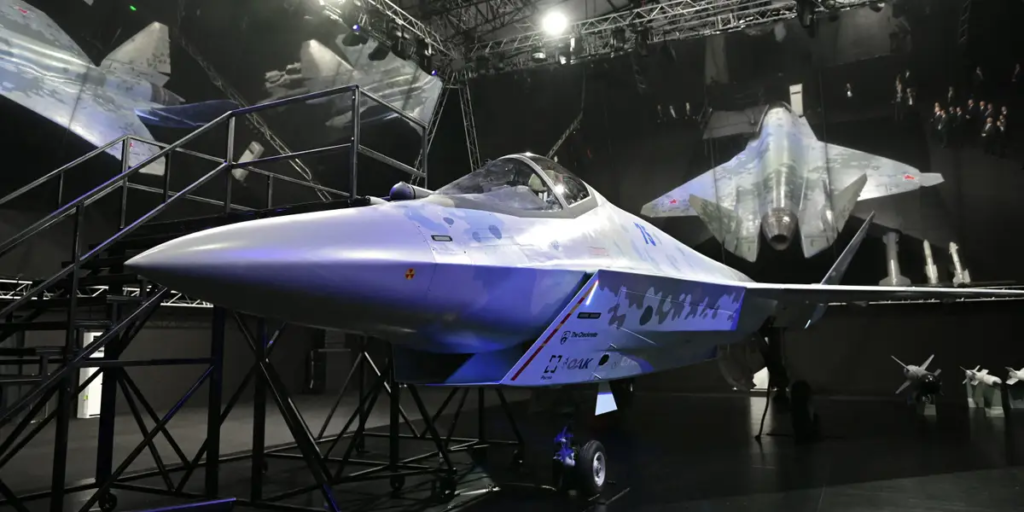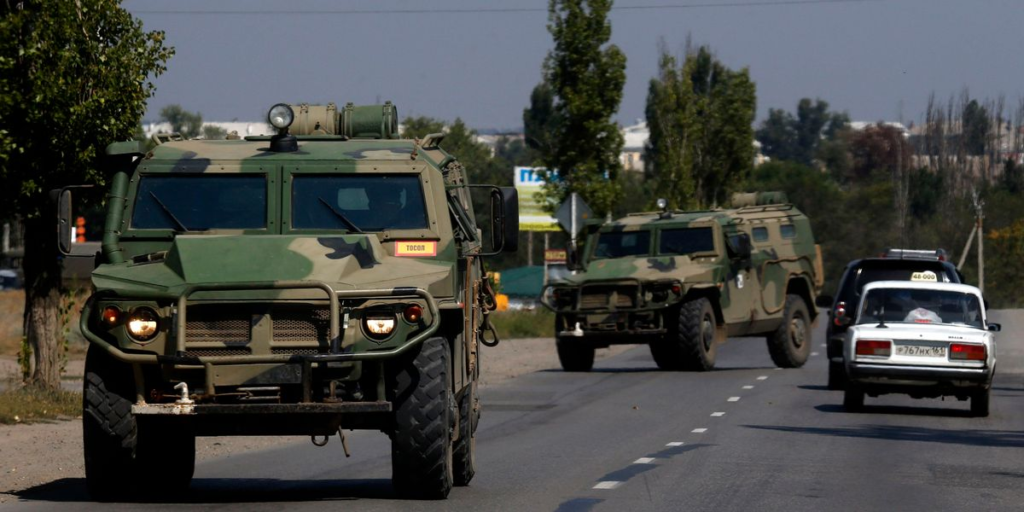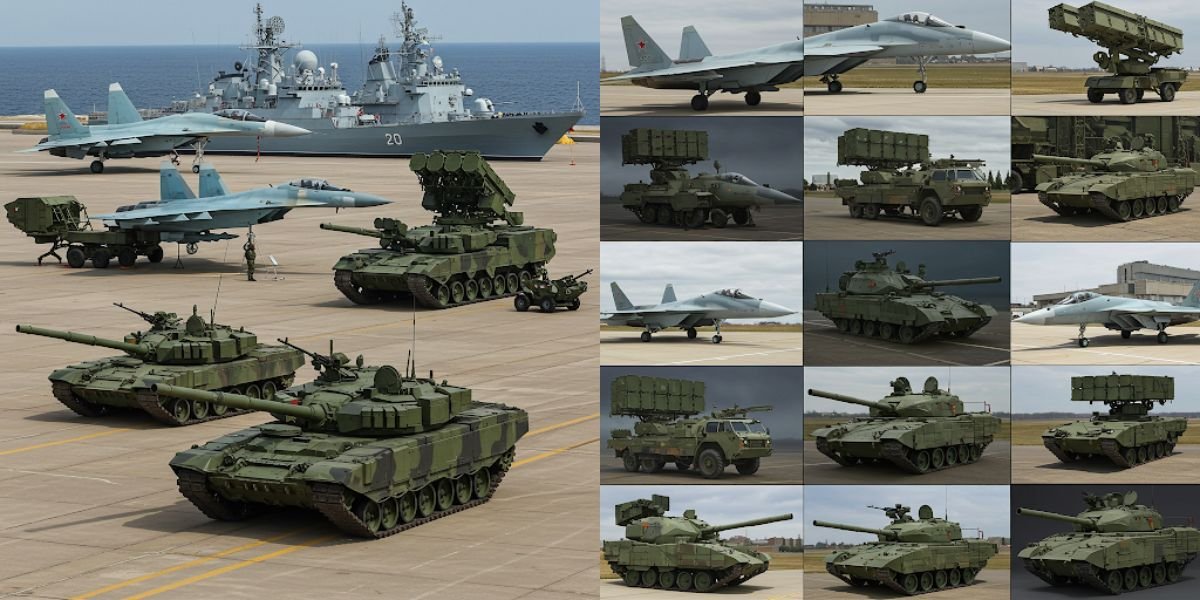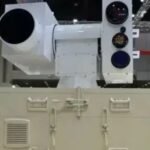Introduction
Russia has long been a dominant force in military technology, with a legacy dating back to the Soviet Union. In recent years, despite economic sanctions and geopolitical challenges, Russia has continued to develop and modernize its military capabilities. From hypersonic missiles to next-generation fighter jets, Russia is investing heavily in advanced weaponry, cyber warfare, and artificial intelligence (AI) to maintain its strategic edge. This article provides a comprehensive analysis of Russia’s latest military advancements across various domains, including weapons, aircraft, naval power, space technology, and cyber warfare.
1. Hypersonic Weapons: A Game-Changer

Hypersonic weapons are one of Russia’s most significant military advancements. These weapons travel at speeds exceeding Mach 5 and can maneuver unpredictably, making them nearly impossible to intercept.
Key Hypersonic Weapons
- Avangard Hypersonic Glide Vehicle: This weapon can reach speeds of Mach 20 and change trajectory mid-flight, making it highly effective against missile defense systems.
- Kinzhal Hypersonic Missile: Launched from aircraft, the Kinzhal can reach speeds of Mach 10 and strike targets with precision.
- Zircon Hypersonic Cruise Missile: Designed for naval warfare, Zircon travels at Mach 8–9 and poses a significant threat to enemy warships and coastal defenses.
2. Next-Generation Aircraft and Drones

Russia has made substantial advancements in both manned and unmanned aerial systems to enhance its air superiority.
Stealth Fighters
- Sukhoi Su-57 (Felon): Russia’s fifth-generation stealth fighter, equipped with advanced avionics, supercruise capability, and reduced radar cross-section.
- MiG-41 (PAK DP): Currently under development, this aircraft aims to replace the MiG-31 interceptor with enhanced hypersonic speed and stealth technology.
Combat and Reconnaissance Drones
- S-70 Okhotnik (Hunter-B): A stealth drone designed for combat and reconnaissance, capable of flying alongside Su-57 fighters.
- Orion UAV: Russia’s equivalent to the U.S. MQ-1 Predator, used for surveillance and combat roles.
3. Advanced Missile Defense Systems

Russia has one of the most sophisticated missile defense systems in the world, designed to counter aerial and ballistic missile threats.
Key Defense Systems
- S-400 Triumf: One of the most advanced air defense systems, capable of detecting and neutralizing threats up to 400 km away.
- S-500 Prometey: An upgrade to the S-400, designed to intercept hypersonic missiles and low-orbit satellites.
- Pantsir-S1: A short-to-medium range defense system combining anti-aircraft missiles and autocannons.
4. Naval Power and Submarine Technology

Russia maintains one of the most formidable naval forces, with a strong emphasis on nuclear-powered submarines and surface warships.
Key Naval Developments
- Borei-Class Submarines: Equipped with Bulava intercontinental ballistic missiles (ICBMs), these nuclear-powered submarines form a key part of Russia’s nuclear deterrent.
- Yasen-Class Attack Submarines: Featuring stealth capabilities and advanced weaponry, these submarines are designed for deep-sea warfare.
- Admiral Gorshkov-Class Frigates: These warships are equipped with Zircon hypersonic missiles, making them a significant threat to enemy fleets.
5. Space and Cyber Warfare Capabilities

Russia has been investing heavily in both space and cyber warfare, recognizing their critical role in modern conflicts.
Space-Based Military Technology
- Anti-Satellite (ASAT) Weapons: Russia has tested ASAT weapons capable of neutralizing enemy satellites.
- Peresvet Laser System: Designed to disable enemy reconnaissance satellites and drones.
- Electronic Warfare Satellites: Used to disrupt enemy communications and missile guidance systems.
Cyber Warfare and AI
- Cyber Attack Capabilities: Russia has been accused of conducting cyber attacks on various nations, targeting infrastructure, financial systems, and military networks.
- AI-Driven Warfare: Russia is developing AI-powered autonomous drones and battlefield management systems for real-time decision-making.
6. Armored Vehicles and Ground Forces

Russia’s ground forces are equipped with some of the most advanced tanks and armored vehicles in the world.
Modern Tanks
- T-14 Armata: A next-generation main battle tank featuring an unmanned turret, active protection systems, and AI integration.
- T-90M Proryv: An upgraded version of the T-90 with improved armor, firepower, and electronic warfare capabilities.
Infantry and Artillery Systems
- BMPT Terminator: A heavily armed armored fighting vehicle designed to support infantry and tanks in urban combat.
- TOS-1A Heavy Flamethrower System: Capable of launching thermobaric rockets with devastating effects on enemy fortifications.
7. Electronic Warfare and Communication Systems

Electronic warfare (EW) is a critical component of Russia’s military strategy, aimed at disrupting enemy operations.
Advanced EW Systems
- Krasukha-4: A mobile EW system capable of jamming enemy radars, drones, and communication networks.
- Murmansk-BN: A long-range EW system used for disrupting enemy naval and aerial operations.
- Borisoglebsk-2: A tactical EW system designed to suppress enemy radio communications and GPS signals.
8. Strengths
- Advanced hypersonic weapons, stealth aircraft, and missile defense systems.
- Strong nuclear deterrent with ICBMs and submarine-launched missiles.
- Cutting-edge electronic and cyber warfare capabilities.
- Powerful naval forces with modern submarines and warships.
- Robust tank and armored vehicle technology.
9. Limitations
- Economic sanctions restricting access to high-tech components.
- Dependence on outdated Soviet-era military infrastructure in some areas.
- Challenges in mass production of next-generation weapons.
- Limited international partnerships compared to Western alliances.
- Logistical and supply chain issues affecting sustained military operations.
Conclusion
Russia continues to demonstrate its military prowess through the development of cutting-edge technologies across various domains. From hypersonic weapons and stealth aircraft to nuclear submarines and cyber warfare, Russia is striving to maintain a technological edge over its adversaries. While economic sanctions and geopolitical tensions pose challenges, the country remains committed to modernizing its military forces. As global military competition intensifies, Russia’s advancements in defense technology will continue to shape the future of warfare.







